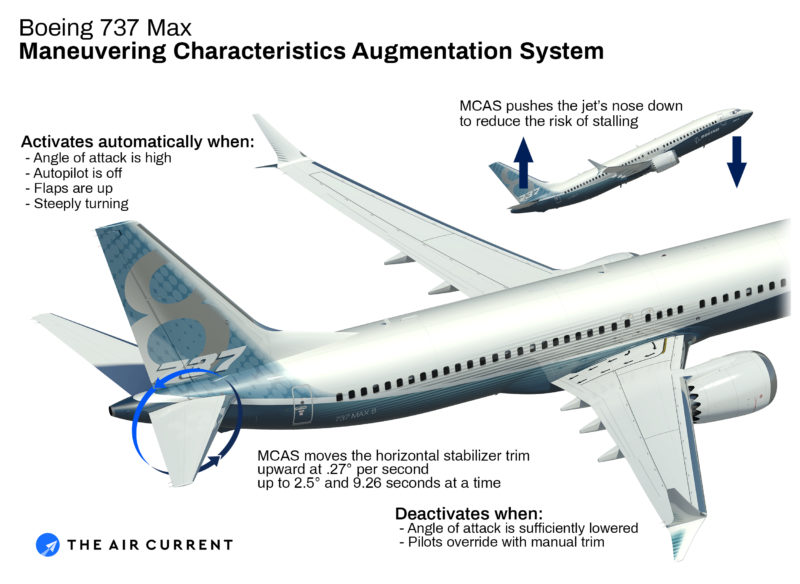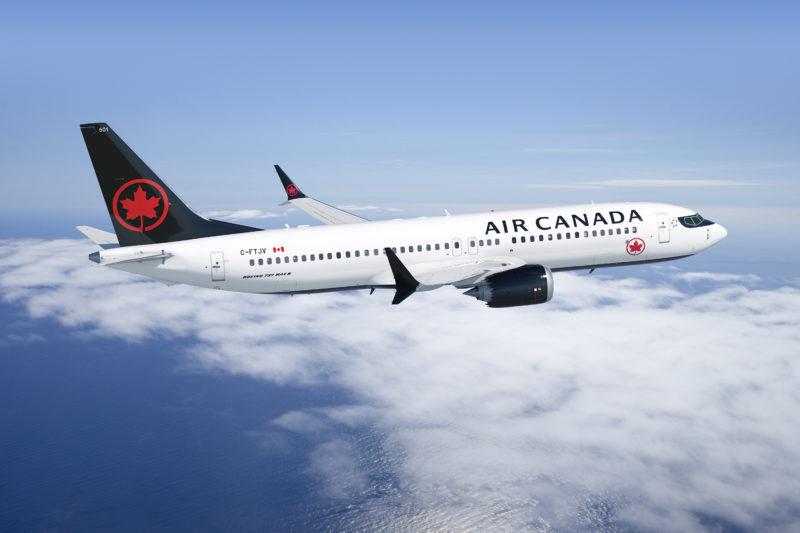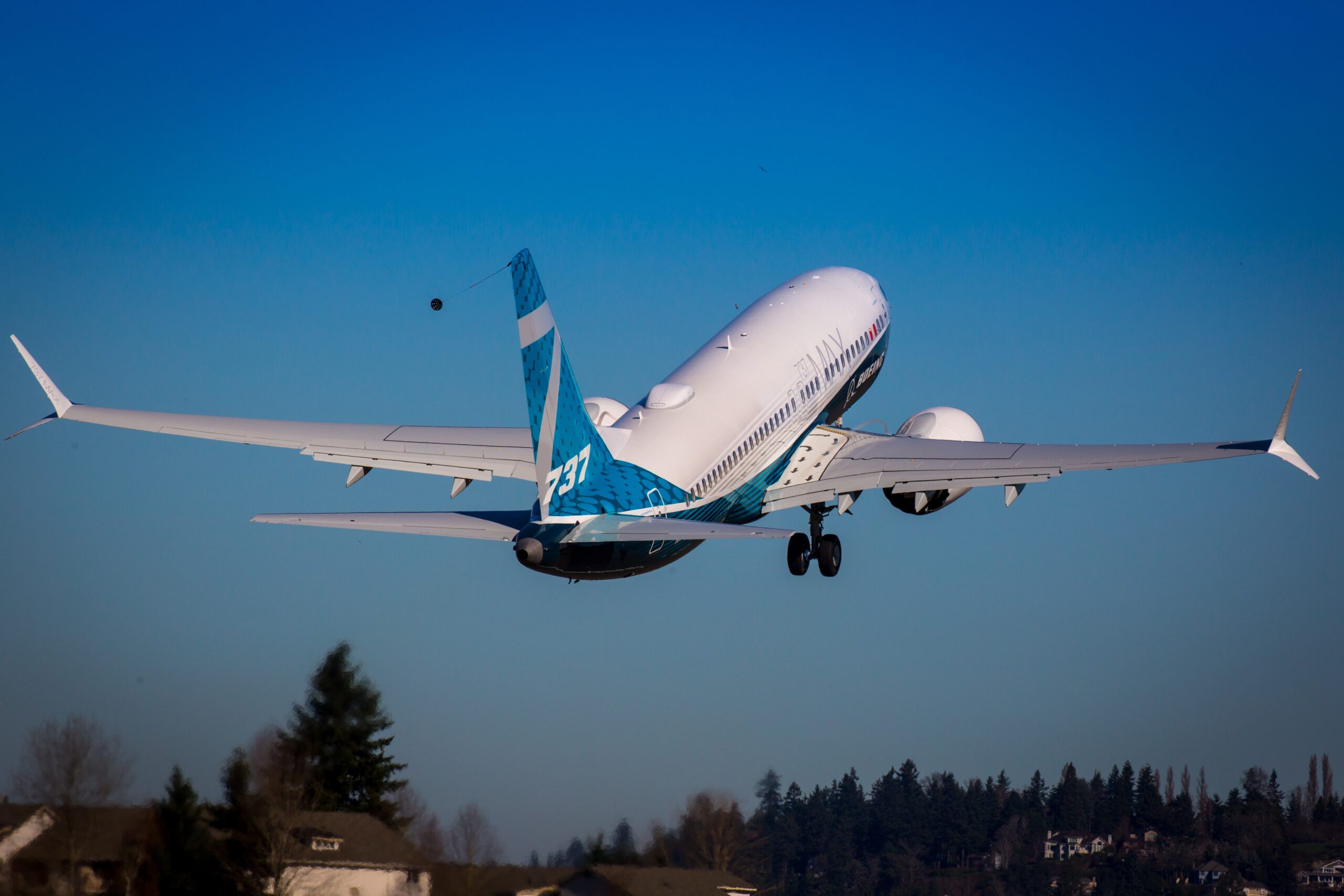Boeing has begun flight testing their troubled 737 MAX after it has spent more than a year grounded, as a result of two fatal crashes that left 346 people dead.
From Boeing Field in Seattle a 737 MAX 7, BOE701, took to the skies at 09:54 local time with the intention of proving to the Federal Aviation Administration (FAA), and other safety bodies, that the aircraft is safe to fly.
The aircraft tracked 120 nautical miles to the southeast around Moses Lake area, where the automated flight control system was put to its paces. The aircraft returned to Boeing Field at 14:15 local time.
Reuters reports that the crew on board, including Boeing Commercial Airplanes Chief Pilot Jim Webb, flew the aircraft at low speeds at around 12,000 – 15,000 feet, before increasing the airspeed to 470 knots.
“The certification flights are expected to take approximately three days. They will include a wide array of flight manoeuvres and emergency procedures to assess whether the changes meet FAA certification standards.”
United States Federal Aviation Administration
It is the Manoeuvring Characteristics Augmentation System (MCAS) that has been under scrutiny since the loss of two 737 MAX aircraft in 2018 and 2019. The system was added during design to counter a pitch up attitude, however was found to have multiple design oversights.

Boeing 737 MAX MCAS diagram (image by The Air Current)
Although Boeing is under pressure to get the aircraft back in the air, the FAA has reassured the flying public, and other aviation regulators, that it will take all the time it needs to assess the data from the test flights. It is understood that the FAA will not lift the grounding of the MAX until around September 2020.
Additionally Boeing will have to update all of their documentation, while pilots all around the world will have to familiarise themselves with the new system update.
The European Aviation Safety Agency and Transport Canada are both studying the aircraft independently, they will update airlines based on their own satisfaction.

Air Canada Boeing 737 MAX
Once facing angry customers over grounded jets, Boeing is now in a world where COVID-19 has forced many airlines to shut their doors or massively reduce capacity. Whilst they can get the aircraft re-certified, it is highly likely the majority will remain in storage until numbers for global travel start to climb.
However, airlines might also be waiting anxiously to get their 737 MAX fleets back in action; as they will be a far cheaper option than older types or wide-bodies operating with reduced passenger loads.
Airlines have a total of 385 MAX aircraft in their fleets, whilst Boeing sits with an eager 450 waiting to be delivered.
As for Boeing, the 737 MAX has acted as an unfortunate trigger for change; particularly sparked by the handling of the aftermath of the two crashes. Criminal and congressional investigations are still ongoing, with the FBI involved.
Boeing also fired their CEO, Dennis Muilenburg, in December as a result of his poor handling of the 737 MAX situation and the increased pressure over the company’s stained reputation.
What do you think will come from this weeks test flights?


